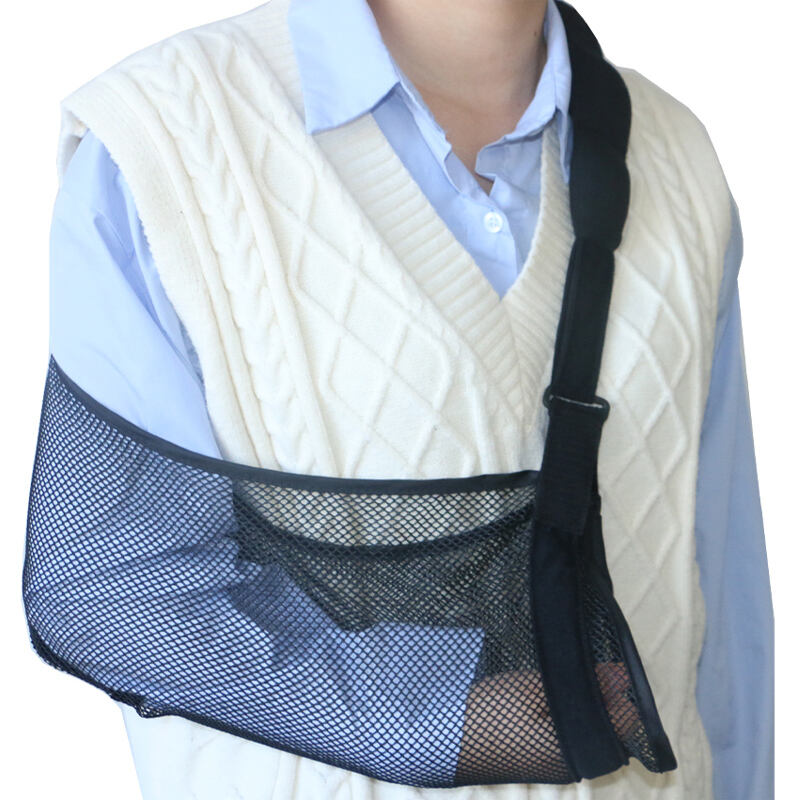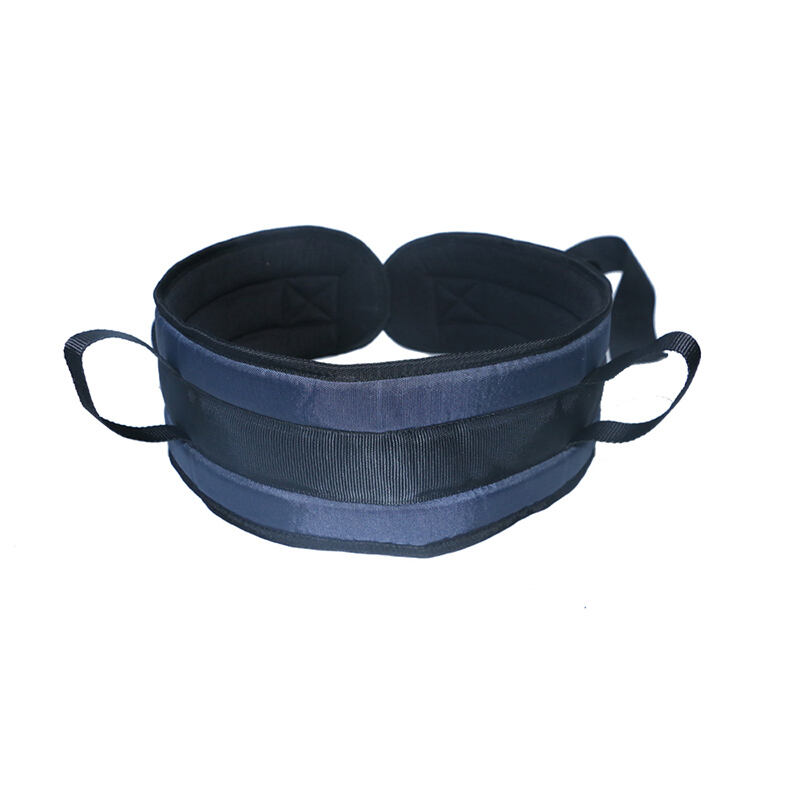How Do Transfer Slings Improve Caregiver Efficiency?
How Transfer Slings Enhance Caregiver Workflow Efficiency
Reducing Physical Strain Through Ergonomic Design
Transfer slings are designed with ergonomic principles to alleviate physical strain on caregivers, thereby reducing the risk of injury. These slings typically include features such as padded straps and contoured shapes to fit comfortably and optimally around both the caregiver's and patient's bodies. Such features play a crucial role in caregiver injury prevention, enhancing comfort during the transfer of patients with limited mobility. According to research, caregivers using ergonomically designed transfer slings report fewer musculoskeletal injuries, which translates to less downtime and heightened productivity. By incorporating ergonomic design elements, these slings not only protect caregivers' health but also promote sustained efficiency in daily caregiving tasks.
Streamlining Repetitive Transfer Tasks
Transfer slings significantly streamline the process of moving patients, making transitions smoother and more rapid, and consequently cutting down on time spent on each task. By standardizing transfer protocols, these slings reduce the cognitive load on caregivers, as they no longer need to recall multiple techniques and aids. This standardization not only simplifies the training process for new caregivers but also ensures consistency in patient transfers. Evidence supports the effectiveness of these slings, with studies indicating that caregivers can complete transfer tasks up to 30% faster when utilizing efficient slinging methods. This increase in patient transfer speeds allows caregivers to focus more time on direct patient care and less on the logistics of movement, improving overall efficiency in caregiving environments.
Key Benefits of Transfer Slings for Care Teams
Improved Safety for Patients and Staff
Transfer slings significantly enhance safety for both patients and staff during transfers, reducing the risk of falls, a prevalent cause of injury in healthcare environments. These slings are engineered to secure patients reliably during movements, thus decreasing the chances of accidents. The integration of transfer slings into routines has resulted in a notable drop in caregiver injuries, with some data reflecting a reduction of up to 40% in incidents related to physical strains. This improvement is further supported by designing transfer slings with robust safety features such as reinforced stitching and high-strength materials, ensuring dependable performance in various healthcare settings.
Time-Saving Features in Mobility Assistance
Transfer slings come with time-saving features that enhance mobility assistance, quickly becoming indispensable tools for healthcare providers. Many slings offer multifunctional capabilities, allowing them to handle various transfer types, which reduces the need for multiple products and optimizes storage space. With technological advancements, some modern slings now include automated set-up features, speeding up the transfer process and improving workflow efficiency. Statistical analysis supports these enhancements, revealing a marked decrease in the time needed to assist patients when utilizing these innovative devices.
Versatility Across Care Environments
Transfer slings are notably versatile, catering to diverse care environments such as hospitals, nursing homes, and home care settings. This adaptability makes them a valuable addition to any healthcare provider's toolkit. The availability of adjustable sizes and compatibility with a range of patient lift systems ensures that they can meet various patient requirements and environmental constraints. Notably, case studies have demonstrated that organizations utilizing versatile transfer slings have achieved a better response to evolving patient needs, thereby leading to enhanced care outcomes and satisfaction levels.
Re-Surecare Transfer Sling Solutions
Arm Sling For Shoulder Injury-CGSL282: Breathable Support System
The Arm Sling For Shoulder Injury-CGSL282 stands out for its use of breathable materials that significantly enhance patient comfort, particularly in extended usage scenarios. Designed to support the shoulder joint, this sling allows for sufficient mobility, aiding recovery while ensuring safety is not compromised. Users frequently praise its effectiveness in balancing support and comfort, marking it a favored solution among medical professionals.

Patient Transfer Gait Belt-CGSL281: Secure Mobility Assistance
The Patient Transfer Gait Belt-CGSL281 delivers a secure grip, crucial for caregivers in facilitating mobility, thereby enhancing the transfer process. Training documentation and user reviews highlight how this belt significantly improves safety and efficiency in patient handling, aligning well with best practices. Additionally, evidence from practical applications shows a reduction in patient anxiety during transfers when using this gait belt.

Mesh Full Body Sling with Commode Cut-Out-CGSL208: Hygienic Multi-Purpose Design
The Mesh Full Body Sling with Commode Cut-Out-CGSL208 combines comfort with exceptional hygiene through its quick-draining mesh fabric. The innovative commode cut-out feature addresses incontinence care efficiently, a frequent challenge for caregivers. Health institutions report that using this design results in reduced time spent on hygiene management during transfers, underscoring its effectiveness in diverse caregiving environments.

Optimizing Transfer Sling Performance
Proper Sizing and Weight Capacity Considerations
Proper sizing and weight capacity considerations for transfer slings are paramount to ensuring safety and comfort for both patients and caregivers. Selecting the correct size and weight capacity is crucial because it prevents accidents and reduces the risk of injuries during transfers. Industry guidelines recommend assessing patient dimensions and weights following manufacturer specifications to ensure safe handling. Notably, research indicates that improperly sized slings can result in a 20% higher rate of transfer-related injuries among caregivers, highlighting the importance of adhering to safety standards.
Integration With Patient Lift Systems
Effective integration of transfer slings with patient lift systems is vital for optimizing mobility assistance efficiency. Ensuring compatibility between slings and lift systems leads to smoother transitions and less stressful experiences for both patients and caregivers. Coordination in this regard not only facilitates smoother transitions but also enhances overall satisfaction. A study published in the International Journal of Nursing emphasized that better integration between slings and lifts is linked to increased patient transfer satisfaction. This underscores the significance of implementing integrated systems for enhanced comfort and safety during patient transfers.

 EN
EN




























